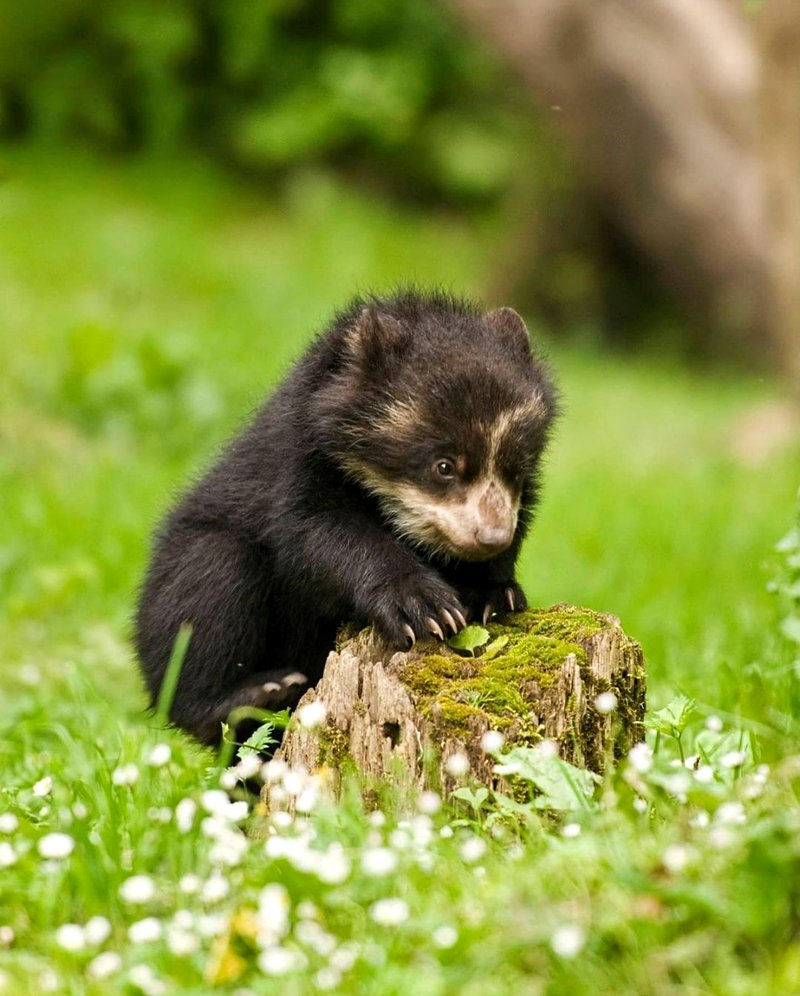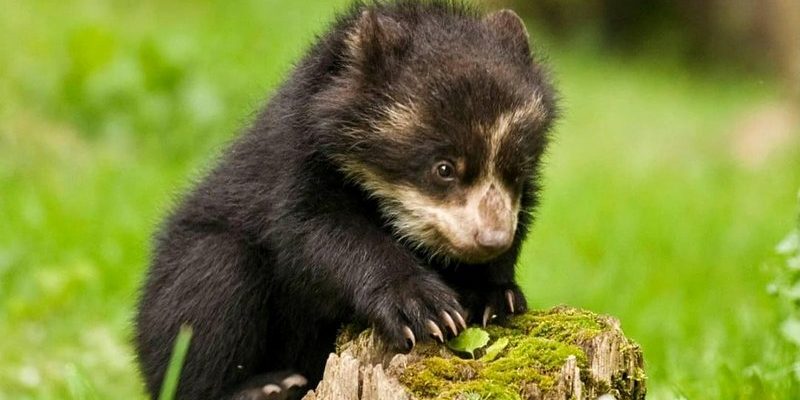
The spectacled bear, also known as the Andean bear, is specially adapted to its environment. From their diet to their physical traits, everything about them has evolved to help them navigate the challenges posed by nature. If you’re curious about how these bears survive and thrive despite harsh climates, stick around. We’ll uncover the secrets of their success in extreme environments.
Understanding the Spectacled Bear’s Habitat
Spectacled bears are primarily found in the Andes Mountains, stretching from Venezuela all the way down to Chile. This region is characterized by a unique blend of rainforests, cloud forests, and alpine tundra. Living in such diverse habitats means these bears encounter varying climates, from humid and warm conditions at lower altitudes to chilly, high-altitude environments.
The elevation ranges from 3,000 to 5,000 feet, providing both challenges and advantages. For instance, the thick vegetation in lowland areas offers plenty of food, while the cooler, rugged terrains of the highlands present more obstacles. Interestingly, this variety in habitat not only keeps the bear population robust but also offers a rich source of food adapted to different environments.
Dietary Adaptations for Survival
You might be wondering, “What do these bears eat?” They are primarily herbivorous, munching on a diet rich in fruits, leaves, and flowers. This diet includes açaí berries, fruits from palm trees, and even the bark of certain trees. Why does this matter? Well, their plant-based diet allows them to thrive in environments where meat may be scarce.
In the high-elevation areas where temperatures can drop significantly, the bears adapt by shifting their diets seasonally. During the rainy season, they’ll feast on the abundant fruits, while in the drier months, they might rely more on leaves and roots. This flexibility in their diet ensures they can find nutrition even when the environment isn’t cooperating.
Physical Adaptations to Harsh Climates
Spectacled bears have some impressive physical traits that help them cope with their challenging environments. One standout feature is their thick fur, which provides insulation against harsh weather. Their coat is not just for show; it keeps them snug during chilly nights in the mountains. Moreover, the coloration of their fur, which includes distinctive markings around their eyes, plays a role in camouflage, helping them blend into their surroundings while they forage for food.
Their strong limbs are just as crucial. Equipped with powerful claws, they can climb trees with ease, allowing them to escape threats or reach food sources high above the ground. Think of them as expert climbers who use their skills to access the luscious fruits and leaves that most ground-dwelling animals can’t reach.
Behavioral Strategies for Coping with Climate
Behavior is just as important as physical attributes, and the spectacled bear has developed several strategies to cope with their environment. They are generally solitary, which helps reduce competition for food resources in their expansive habitats. This independence allows them to roam large areas in search of food while avoiding conflicts with other bears.
These bears are also known for their nocturnal habits. They’re primarily active during dawn and dusk, which is a smart strategy to avoid extreme temperatures. By being on the move during these cooler parts of the day, they conserve energy and reduce the risk of overheating in the afternoon sun.
Conservation Challenges and Resilience
While spectacled bears have adapted well to their environments, they still face significant threats. Habitat loss due to logging and agriculture is a major issue, fragmenting their living spaces and leading to reduced food sources. This makes it essential for conservation efforts to focus on preserving their habitats and establishing wildlife corridors.
Despite these challenges, the spectacled bear showcases remarkable resilience. They adapt to changes in their environment and are known to travel significant distances to find food. This flexibility not only helps them survive but also highlights the importance of protecting their natural habitats for future generations.
Community Impact and Cultural Significance
In many South American cultures, the spectacled bear holds a special place. They are often celebrated in folklore and considered symbols of strength and survival. This cultural significance helps foster a sense of pride among local communities toward conservation efforts. Educating people about the importance of these bears and their habitats can spark grassroots movements to protect them.
To truly support these incredible animals, it’s crucial to engage local communities in conservation initiatives. When people see the value of protecting their natural heritage, they become active participants in preserving the environment, ensuring ongoing survival for the spectacled bear.
In summary, the spectacled bear’s survival in harsh environments is a remarkable example of nature’s adaptability. From their flexible diet to their physical and behavioral adaptations, these bears navigate challenges that would stump many other animals. However, with ongoing threats to their habitat, it’s crucial to continue conservation efforts.
By supporting local communities and prioritizing habitat protection, we can help ensure these remarkable animals continue to thrive in the Andes. After all, when we protect the homes of spectacular creatures like the spectacled bear, we’re also safeguarding our planet’s biodiversity. Let’s keep the conversation going and celebrate these fantastic bears!

